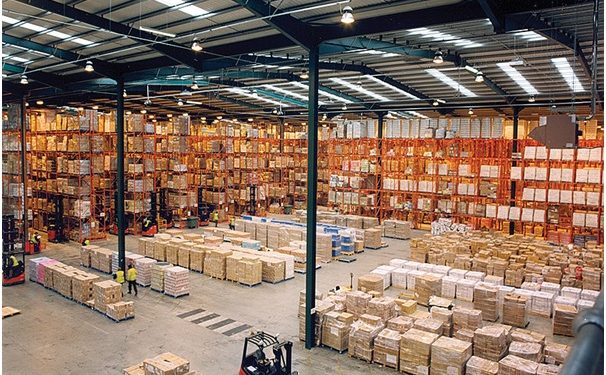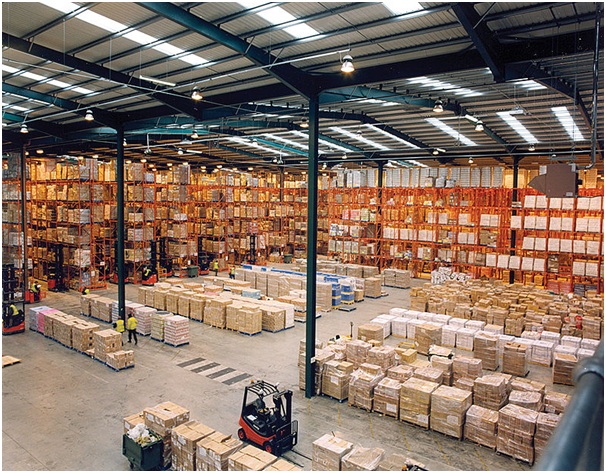
With more requirements than ever before for safe and efficient refrigeration, pharmaceutical and food companies are feeling the heat when it comes to managing refrigerated freight. Both sectors are being pressurised to ensure that the cold chain is meeting quality standards in terms of temperature control, energy dependence and regulatory requirements.

As a result, more and more research is being ploughed in to the industry, leading to some key trends which look set to improve logistics and achieve efficiencies.
Current Trends in the Cold Chain
As consumer demands grow more complex, there has been a recent shift towards globalization. For example, with tastes for products such as Alaskan salmon becoming more mainstream, firms have had to swiftly amend their outlook to accommodate ways of sourcing and shipping foodstuffs and pharmaceuticals safely across extended distances. VersaCold report this demand is prompting innovation, with transit control a priority.
This shift in consumer expectations has also impacted cold chain commitment to maintaining refrigerated warehouses across up to five disparate temperature zones. To avoid the inevitable changes to taste and texture through fluctuations in temperature, firms are battling to maintain consistency as well as safety, speed and quality. There is also a move towards temperature-assured reefers and other containers to accommodate increased sensitivity for pharmaceuticals which need to be shipped at consistent levels.
Increasing Demands on Commercial Refrigeration
Directives issued by the European Union on distribution of medicinal products in 2013 called for manufacturer-established recommendations to be observed not just in storage, but across the entire transportation process. The coverage also applies to over-the-counter medicines. This mandate has greatly increased the demands for consistency across the entire shipping of products.
Strategically, firms are now considering positioning of suppliers across the flow of goods to ensure they are able to accommodate the new quality requirements. This means considering speed, consistency, location and capabilities in addition to cost-effectiveness. For example, Nestlé Canada has adopted Lean principles to ensure quality can be managed in addition to maintaining cost effectiveness, while https://www.fridgefreezerdirect.co.uk/ commercial refrigeration experts are seeing much more demand for high-quality, highly compliant solutions.
While industry regulation and increased quality is positive for consumers, these trends are placing increasing pressure upon the cold chain industry. Only those firms committed to considering innovative solutions will maintain compliance while remaining cost-effective.
